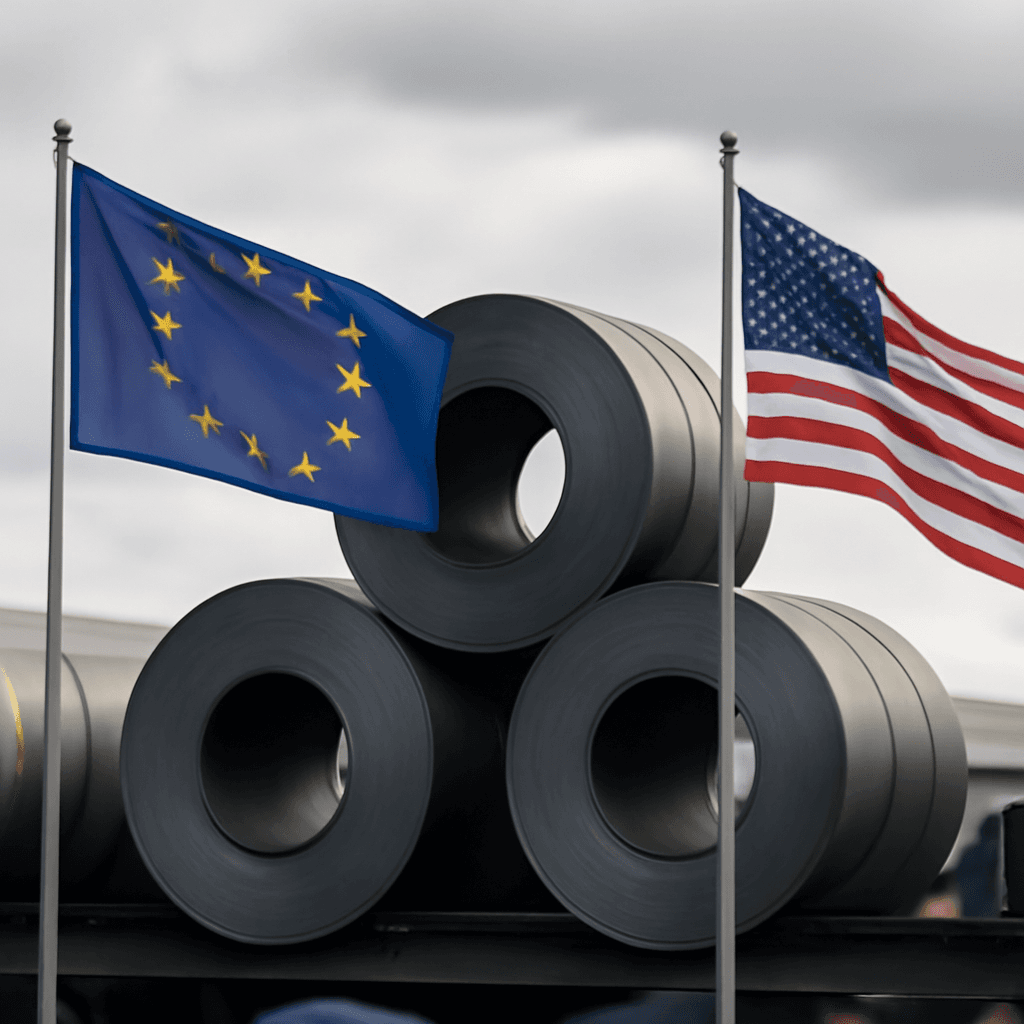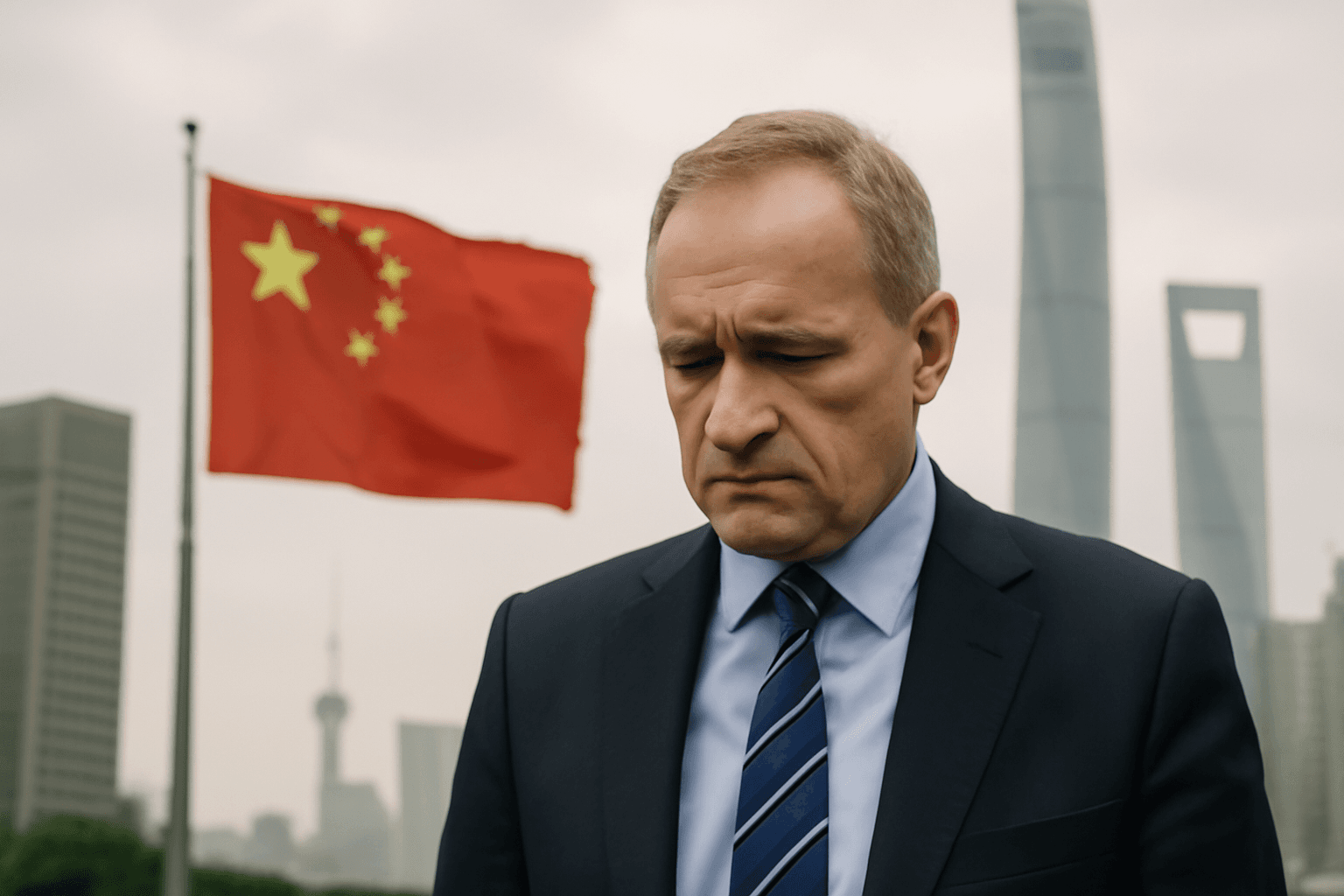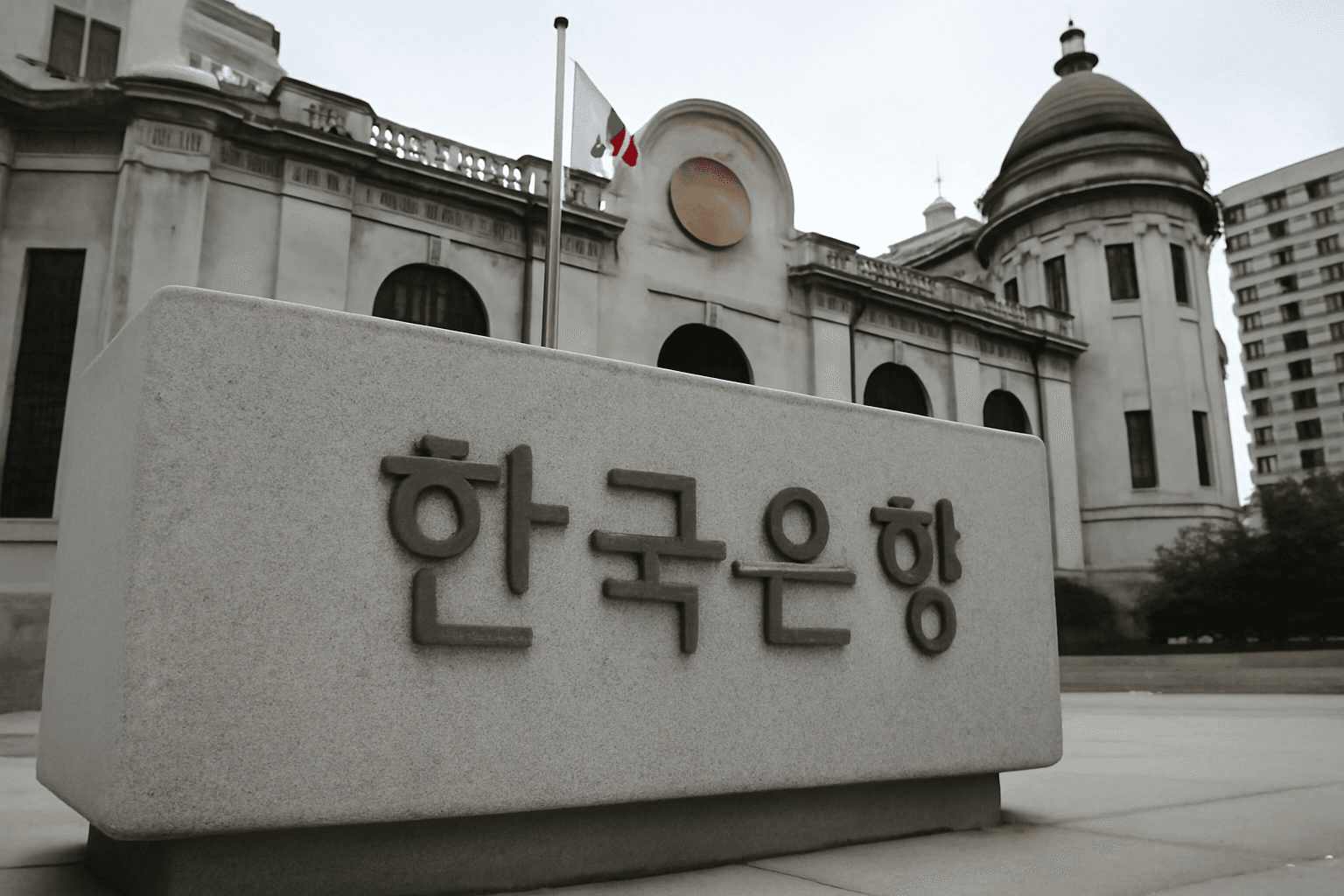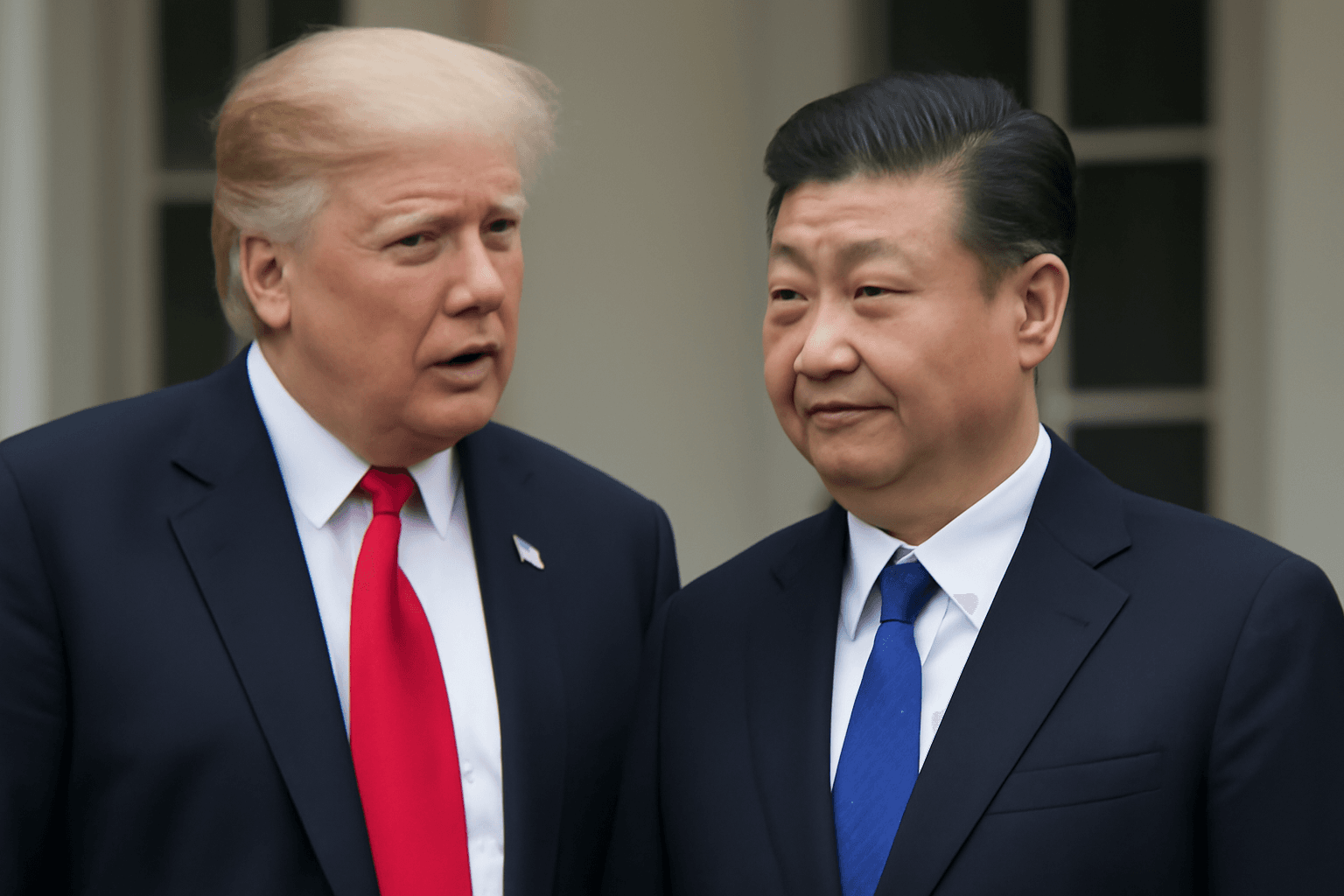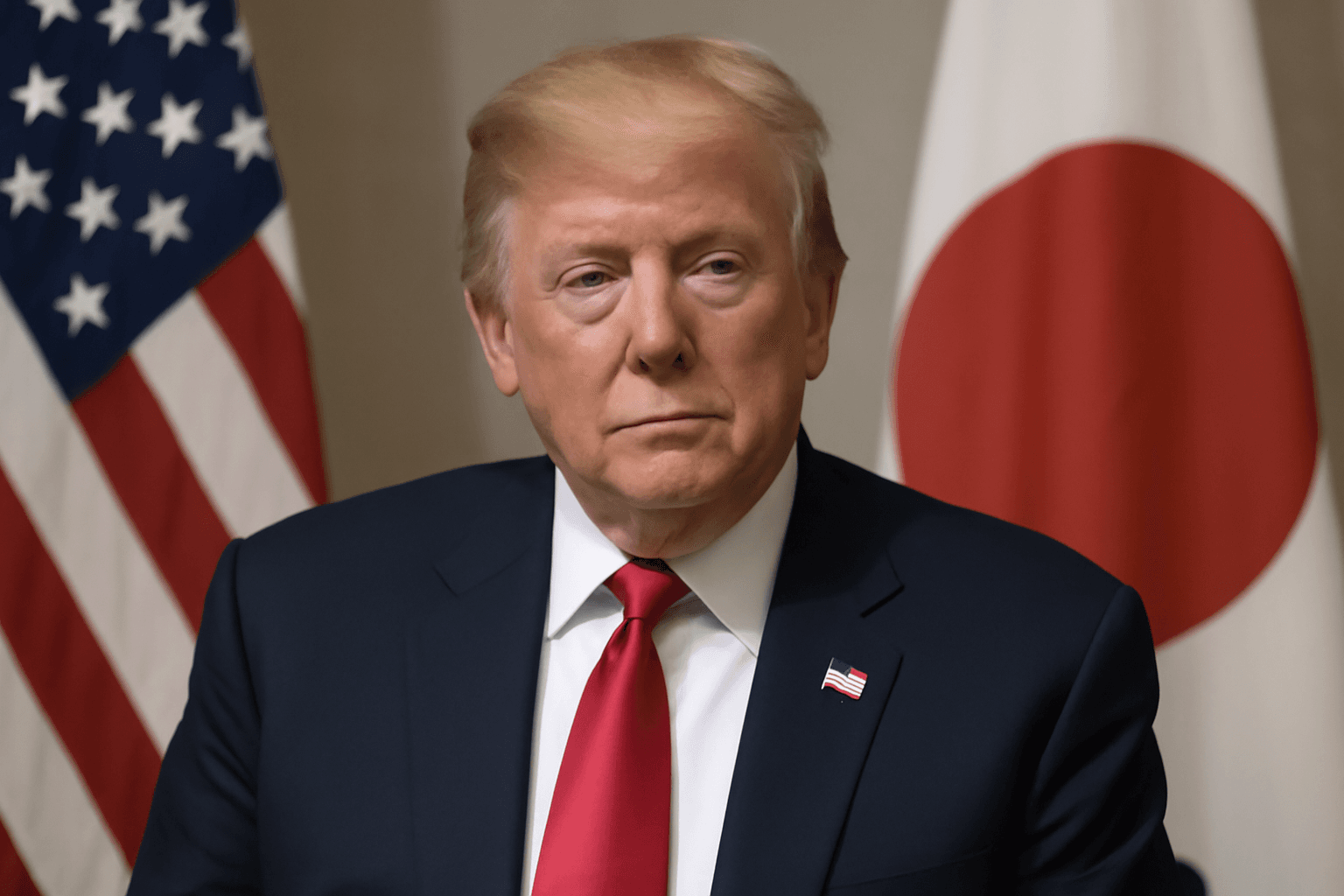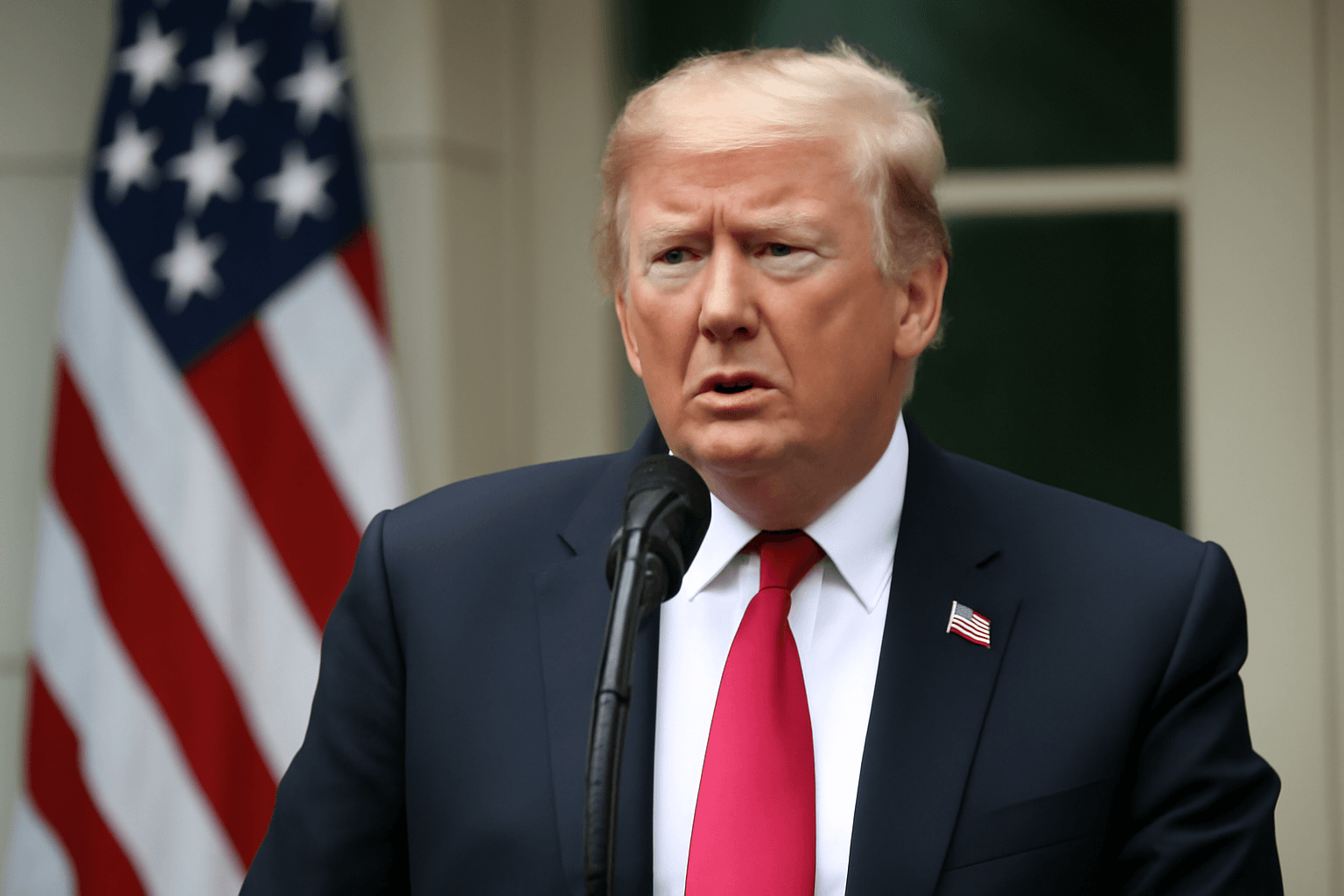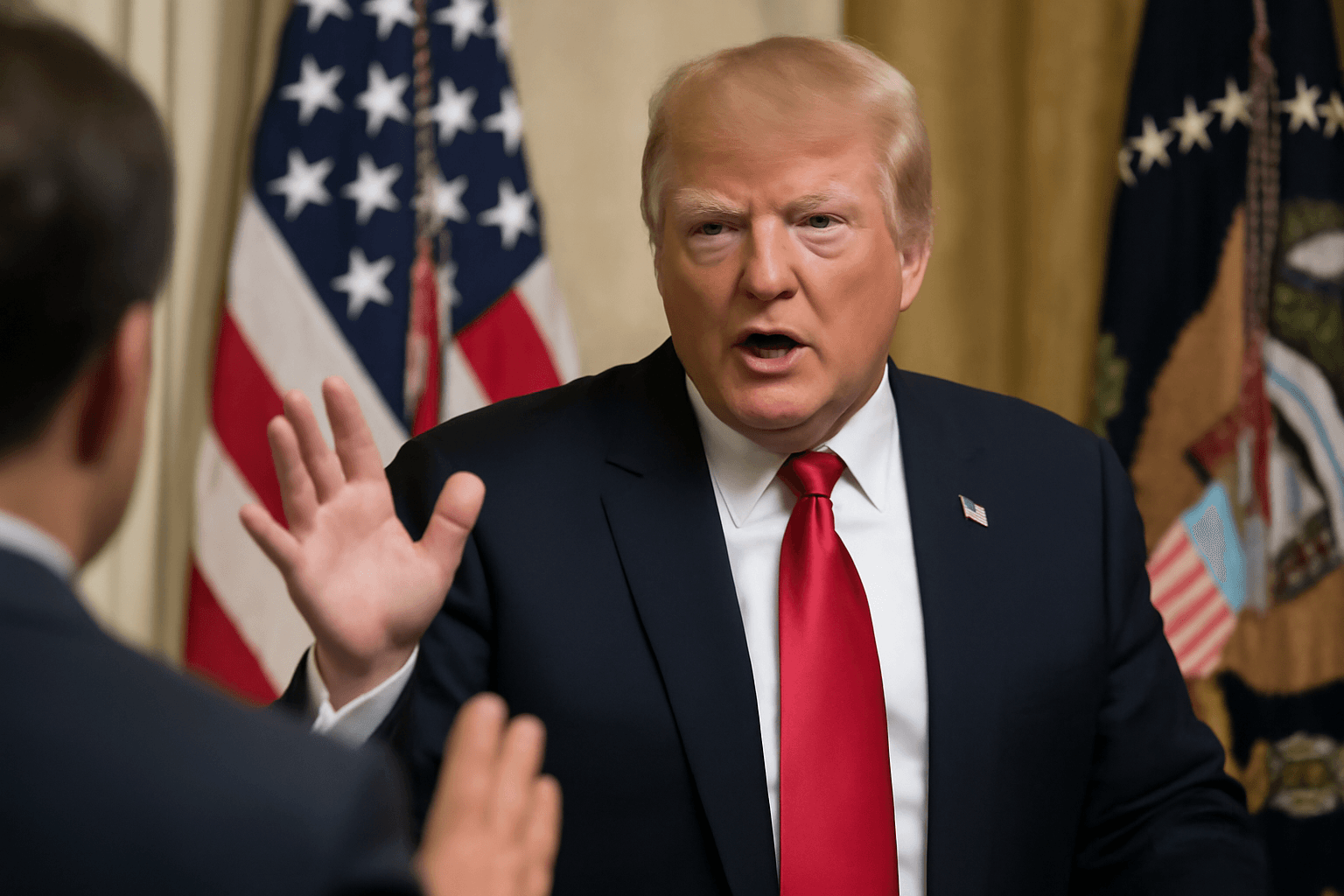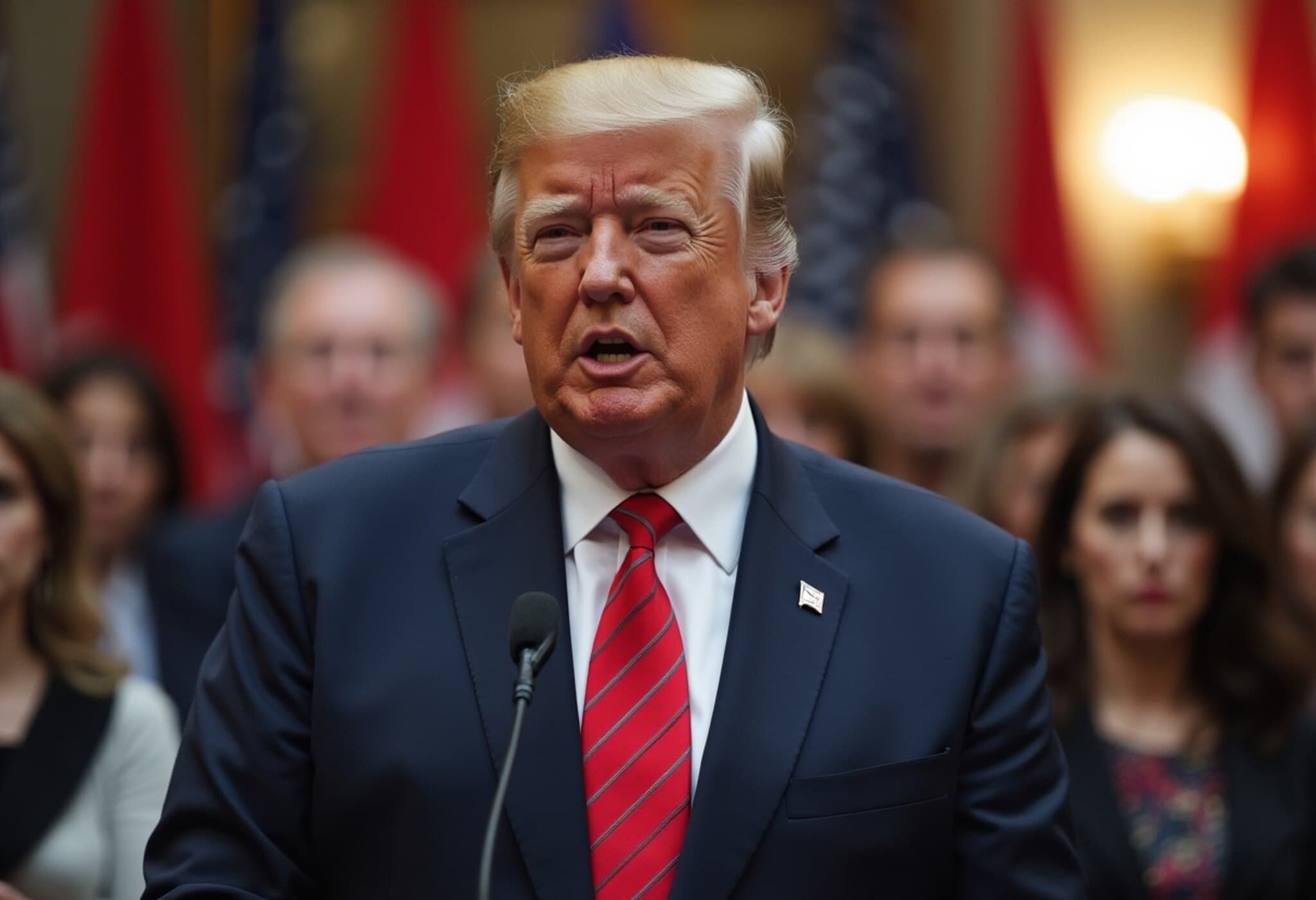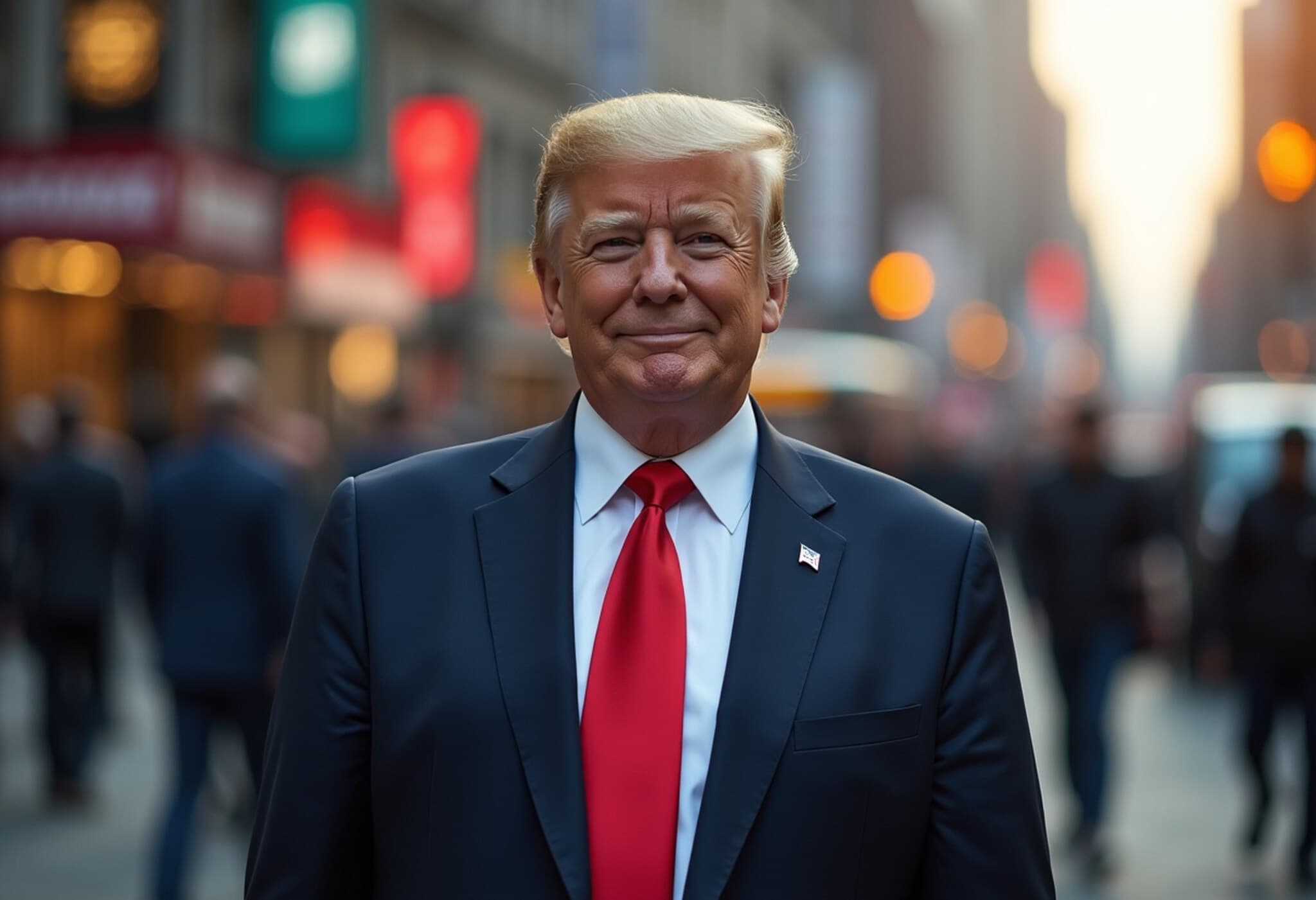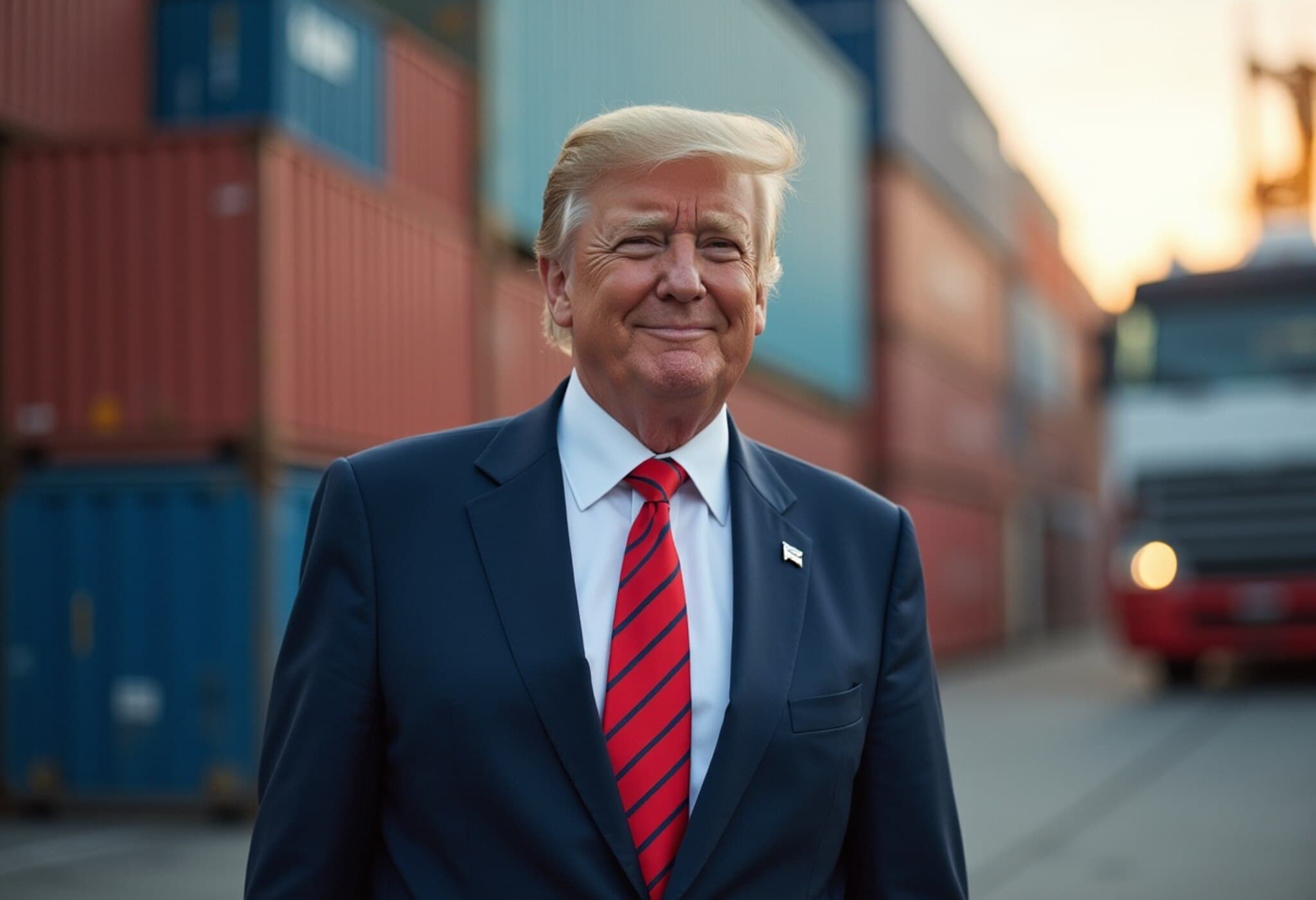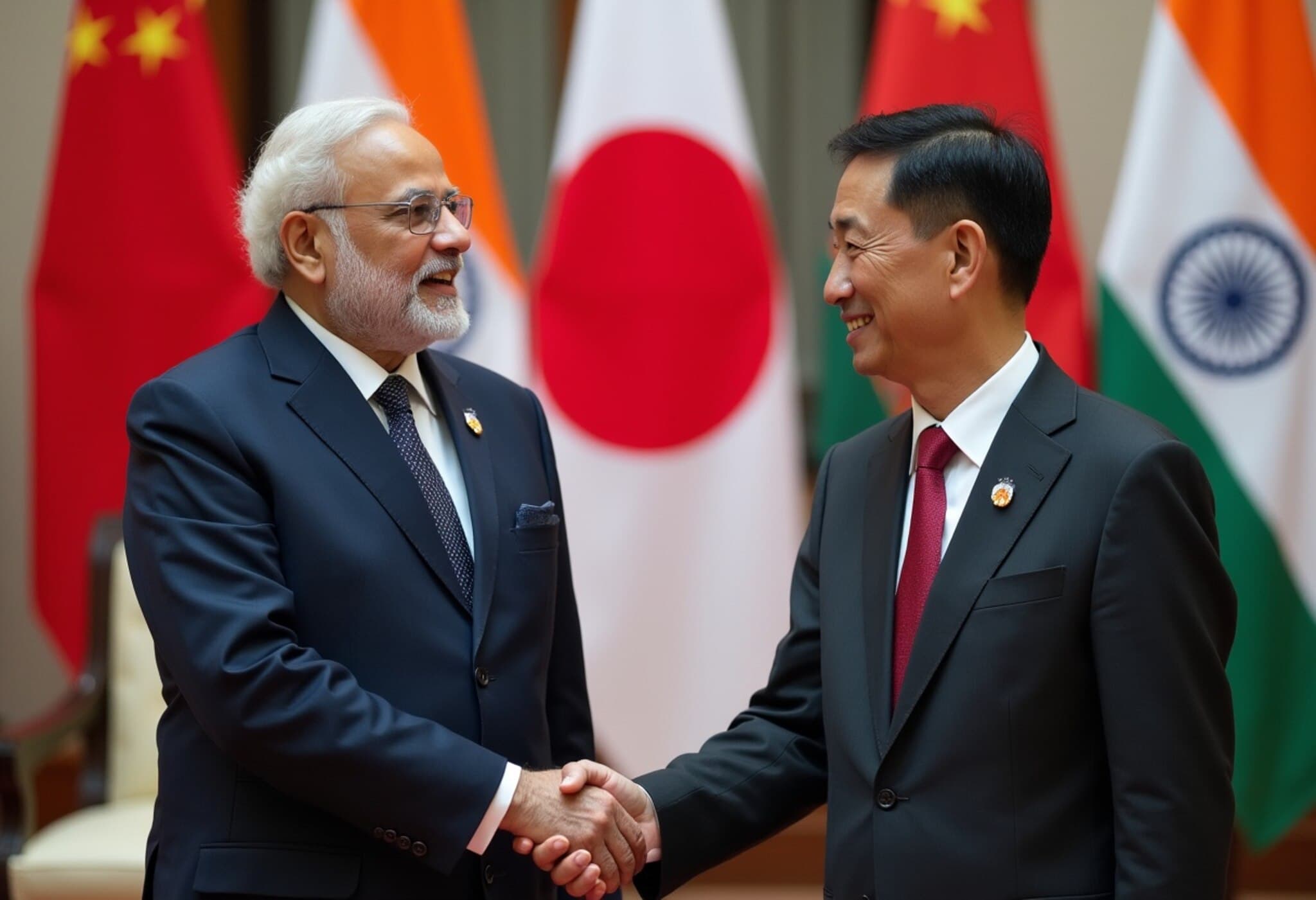Rising Tensions as U.S. Tariffs Loom Over Swiss Economy
Switzerland finds itself caught in a tightening trade dispute with the United States as a looming August 7 deadline approaches for reaching a potential agreement. If no deal materializes, Swiss exports to the U.S. will face a revamped and steep 39% tariff imposed under the current U.S. administration’s protectionist trade policy. This unexpected tariff hike has sent ripples of alarm through Swiss industries, governments, and investors alike, stirring concerns about both short-term economic disruptions and long-term bilateral relations.
The Shock of Unexpected Tariff Escalation
Last week’s announcement came as a jolt, especially given prior media speculation that a trade deal was within reach. Reports suggest this shift followed a tense phone call between Swiss President Karin Keller-Sutter and U.S. President Donald Trump, though Swiss officials have disputed the narrative. The Swiss Federal Chancellery has yet to publicly comment on the discussions.
Guy Parmelin, Swiss Federal Council member responsible for economic affairs, acknowledged challenges but remains open to modifying Switzerland’s proposals—even as time rapidly runs out for a final agreement.
Economic Impact: An Unsettling Outlook for Swiss Industries
The Swiss business community fears significant fallout from the pending tariff jump. Jan Atteslander, head of international relations at Economiesuisse, described the tariff imposition as a “shock” that could severely disrupt trade flows.
Key Swiss export sectors vulnerable to the tariffs include:
- Chemicals and pharmaceuticals
- Luxury watches and jewelry
- Gold and precision electronics
- Food products such as Swiss chocolate
Atteslander warns that a 39% tariff rate could effectively choke off trade for many companies, noting, "There's no substitute for the United States” as a core export market despite Switzerland’s ongoing diversification into other global regions.
Market Reactions and Economic Forecasts
Switzerland’s stock markets responded swiftly to the tariff news; the blue-chip SMI index, on holiday when tariffs were announced, dropped about 1.2% upon reopening, with shares in chemical and luxury goods firms bearing the brunt.
UBS analysts caution that while the broader market impact won’t be catastrophic, smaller and more export-dependent firms could face serious difficulties. Meanwhile, EFG Asset Management’s senior economist GianLuigi Mandruzzato flagged heightened risks of a Swiss recession, noting that the tariffs potentially disrupt nearly 10% of the economy.
Mandruzzato also emphasized the deflationary pressures these tariffs could exert, compounding challenges already faced by the Swiss National Bank, which has cut interest rates to zero in a bid to counteract weak inflation and maintain competitiveness against the strong Swiss franc.
Will a Last-Minute Deal Emerge?
Despite the growing sense of urgency, prospects for a swift resolution remain uncertain. Economiesuisse’s Atteslander candidly describes the situation as “totally open,” with Swiss authorities reportedly exploring new offers to the U.S., including potential concessions on energy purchases or enhanced U.S. investment attractors.
Mandruzzato observes that ultimately, the negotiations hinge heavily on President Trump’s preferences, underscoring an unpredictable and complex dance at the heart of transatlantic trade relations.
Expert Insight: The Bigger Picture in U.S.-Swiss Relations
The escalating tariff dispute reflects a broader trend of U.S. trade policy aimed at recalibrating global supply chains and exerting leverage on longstanding partners. For Switzerland, a country deeply integrated into global trade networks and renowned for its high-value exports, the stakes extend beyond immediate tariffs.
This episode also illustrates the delicate balance for smaller economies navigating the geopolitical shifts driven by economic nationalism. The potential economic consequences could prompt Swiss policymakers to rethink strategies for greater resilience—whether through trade diversification or domestic innovation.
Moreover, the uncertainty underscores a larger question about the future of international economic cooperation amid rising protectionism, especially between two countries with historically strong diplomatic and trade ties.
Editor’s Note: Navigating Uncertainty and Economic Resilience
As August 7 inches closer, the Swiss-U.S. trade standoff serves as a vivid reminder of how rapidly global trade dynamics can shift, leaving businesses and policymakers scrambling. The pending 39% tariff not only threatens economic disruption but also puts into sharp relief the vulnerability of export-dependent economies to geopolitical decisions beyond their control.
Readers should watch closely how Switzerland adapts—whether through accelerated trade negotiations, diversifying export markets, or reinforcing internal economic buffers. This unfolding story offers a vital case study in the interplay of diplomacy, economics, and national strategy in an era marked by rising trade tensions and economic uncertainty.


